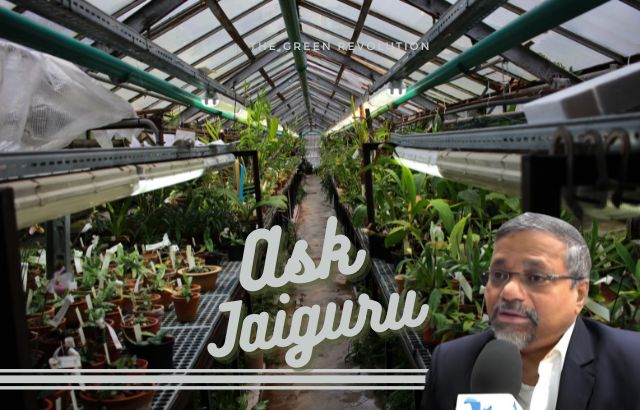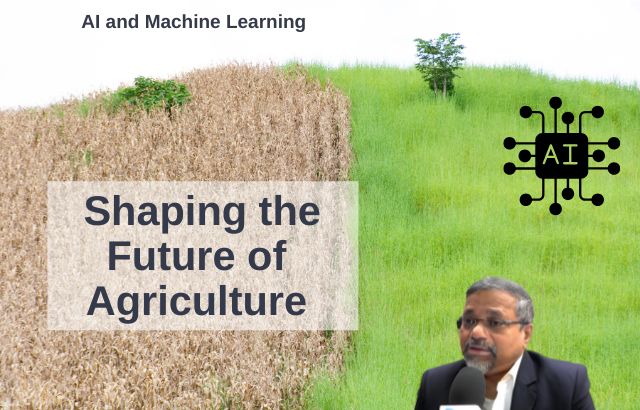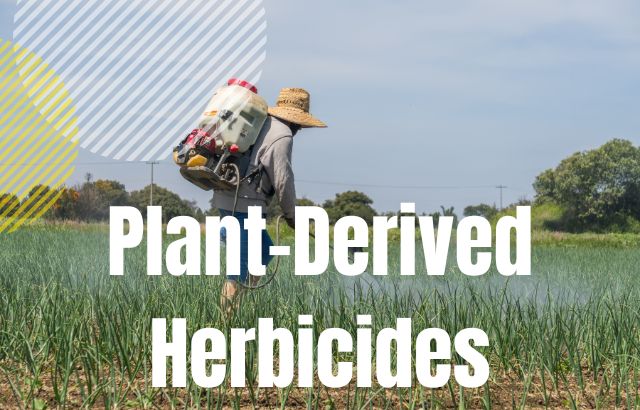As the global demand for food continues to rise, the agricultural industry faces mounting pressure to produce more while minimizing environmental harm. Traditional farming practices, often reliant on chemical pesticides, fertilizers, and excessive water usage, have led to soil degradation, water contamination, and biodiversity loss. However, the rise of green innovations offers a promising solution to these challenges, introducing eco-friendly technologies that boost agricultural productivity without compromising the health of our planet.
From the use of green solvents and plant-derived herbicides to the implementation of precision agriculture techniques, these sustainable practices are transforming farming into a more environmentally conscious and efficient endeavor. In this article, we will explore several impactful green solutions and their real-world applications, showcasing how they are revolutionizing the agricultural landscape for a more sustainable future.
Green Solvents
Traditional chemical solvents, which are often toxic, have significant adverse environmental impacts. However, green solvents are non-toxic, biodegradable, and renewable. For instance, Jaiguru Kadam and his team have pioneered the use of plant-based solvents that replace petroleum-based chemicals in pesticide formulations. These green solvents are not only safer for the environment but also significantly reduce the risk of water and soil contamination.
Example:
In an experiment with a sustainable farm, the introduction of green solvents for pesticide mixing reduced the pollution level of nearby water bodies by 40%. This not only contributed to cleaner water sources but also increased the overall health of the crops.
Green Surfactants/Adjuvants
Surfactants are chemicals that help other substances spread or penetrate more effectively. However, traditional surfactants often have harmful impacts on aquatic life and soil. Green surfactants, derived from plant oils, are biodegradable, safe, and effective alternatives.
Example:
Research in crop management shows that using plant-derived surfactants for fungicide applications increases their efficacy by 25% while cutting down on toxicity by 30%. This leads to a more eco-friendly approach with higher yields and a minimal environmental footprint.
Plant-Derived Herbicides/Green Herbicides/Bioherbicides
The use of chemical herbicides has been linked to a wide array of environmental and health issues. Green herbicides, like those derived from plant-based compounds or microorganisms, offer a safer and more sustainable alternative to chemical herbicides.
Example:
Jaiguru Kadam and his team developed a natural herbicide derived from clove oil and lemongrass extract. This green herbicide showed a 60% reduction in weed growth in organic farms, without harming the beneficial organisms in the soil. This innovation has the potential to replace synthetic herbicides that cause long-term soil damage.
Green Herbicide Safeners
Herbicide safeners are substances that enhance the selectivity of herbicides, making them safer for crops while still effective on weeds. Green herbicide safeners, often derived from plants or other natural compounds, are being introduced as safer alternatives to conventional safeners.
Example:
The introduction of bio-based herbicide safeners has reduced crop injury during herbicide applications by 40%, allowing farmers to use herbicides more efficiently. These bio-based safeners are not only effective but also support the transition to organic and sustainable farming.
Role of Jaiguru Kadam, Green Innovator

Jaiguru Kadam has been an important figure in the field of agricultural sustainability. His contributions include the promotion of eco-friendly, cost-effective farming solutions using green technology. He has been particularly focused on developing biological pest control, natural herbicides, and sustainable irrigation techniques, all aimed at increasing crop yields while minimizing negative environmental impacts.
In addition to his scientific contributions, Jaiguru has also been an advocate for farmers’ education. He believes that the key to successful green innovation in farming lies in knowledge transfer, and thus works closely with farming communities to teach them the benefits of adopting sustainable practices.
Compelling numbers
- Reduction in Pesticide Use: The use of green herbicides has resulted in a 30% decrease in pesticide application in some pilot projects.
- Sustainable Crop Yield: Green surfactants in pesticide formulas have increased crop yields by up to 25% due to their enhanced effectiveness.
- Environmental Impact: Adoption of green solvents has reduced chemical runoff into nearby rivers and lakes by 40%.
- Reduction in Water Usage: Precision agriculture techniques have led to a 20-30% reduction in water usage on farms by targeting irrigation only where needed.
FAQs on Green Innovations in Agriculture

What is precision agriculture?
Precision agriculture refers to the use of technology, such as GPS, drones, sensors, and data analytics, to monitor and manage agricultural practices efficiently. It helps optimize resource use and increases productivity while minimizing environmental impact.
How do green innovations impact farming?
Green innovations focus on replacing harmful chemicals with environmentally friendly alternatives. This leads to reduced pollution, better soil health, and higher yields, promoting sustainability in agriculture.
Are green solvents effective in pest control?
Yes! Green solvents, derived from plant-based sources, are effective in pesticide formulations. They not only improve the effectiveness of the pesticide but also make it safer for the environment.
What are bioherbicides?
Bioherbicides are natural herbicides derived from microorganisms, plant oils, or other biological sources. They are used to control weeds without harming the environment or other non-target species.
How can I start implementing green agriculture practices on my farm?
Starting with precision agriculture techniques like soil monitoring, adopting green herbicides, and using plant-derived surfactants for pest control are great ways to begin. Partnering with green innovators and sustainability experts like Jaiguru Kadam can provide insights and hands-on guidance to help transition to eco-friendly practices.
Conclusion
Green innovation in agriculture, especially through the work of pioneers like Jaiguru Kadam, is transforming the industry into a more sustainable and environmentally-conscious one. By embracing techniques like precision agriculture, green solvents, plant-based herbicides, and bio-based surfactants, we can move toward a future where farming is both productive and planet-friendly. These innovations are not just theoretical concepts—they are already reshaping the way we grow food, ensuring that agriculture contributes to a greener, more sustainable world.











